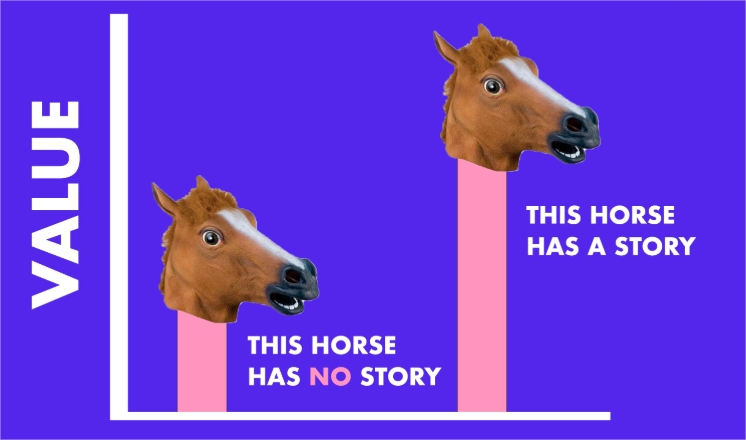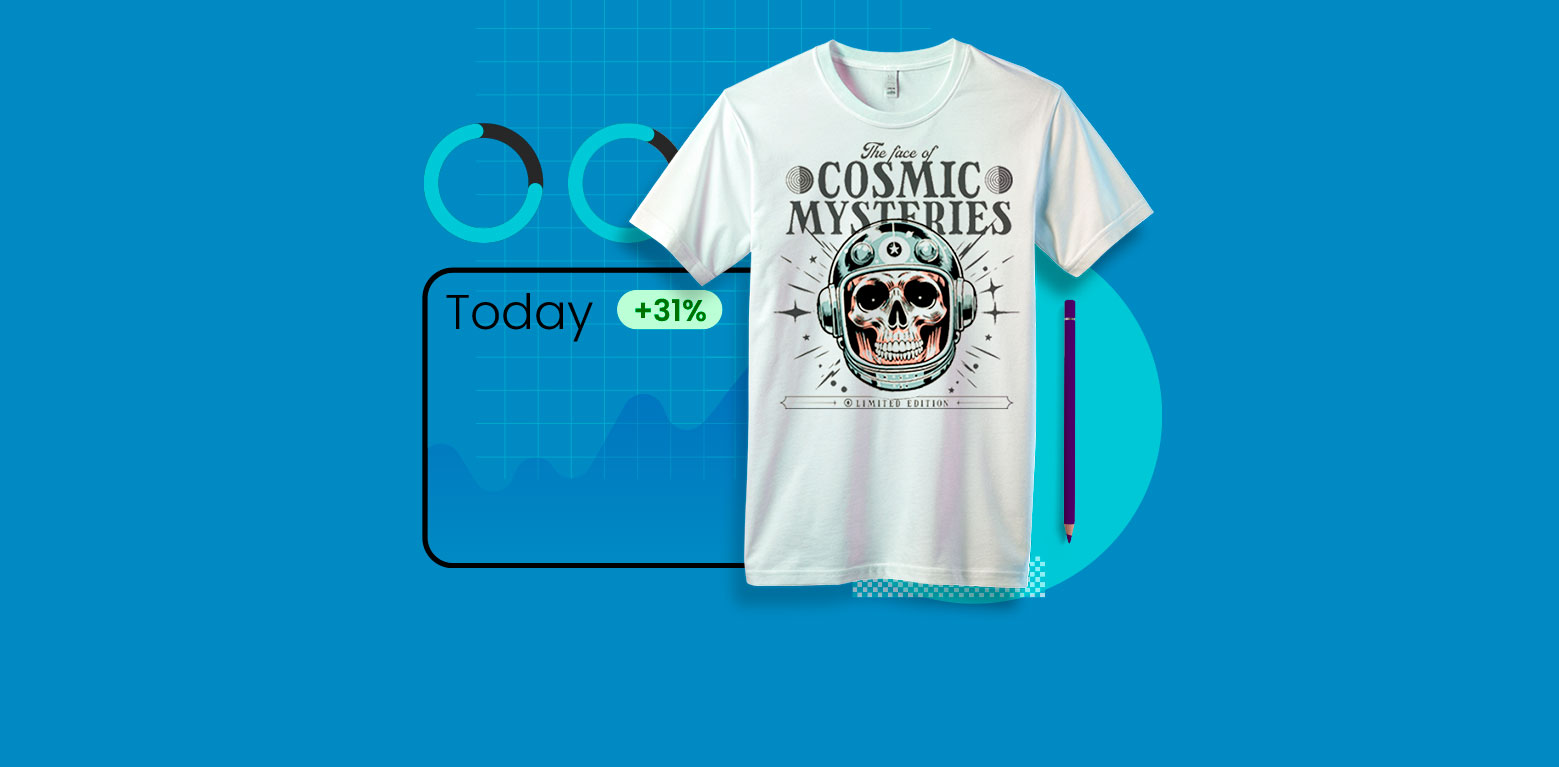Storytelling is a powerful tool in the arsenal of persuasion. One of the most effective ways to engage your audience is to invoke an appetite for a good story. Our desire to hear stories reflects the basic human need to understand patterns of life. When we hear a good story, our attention shifts, we memorize more and become more emotional. Many businesses employ storytelling in their internet marketing strategies for enhanced customer engagement and increasing sales.

But how exactly does an audience become engaged? Here are 5 useful tips that will make your narrative engaging and your e-commerce profitable:
- Define your target audience. Figure out who are the members of your target audience and consider them as real people with real problems and empathize with them. Developing empathy with the audience’s needs and feelings will strengthen an already established connection. Make your narrative emotional and relevant to the masses and you will get instant feedback and an e-commerce sales boost. Don’t try to tell them what your website can do but rather emphasize what they can do with your product or service.
- Be authentic and believe in your voice. The strongest connections come from telling your brand’s unique story, not from selling goods. Authentic brands (organic, consistent, and those with a clear values-based mission) are perceived as more valuable and appealing. Customers are overwhelmed by online marketers competing to drag attention to their website. One way to stand out in this crowd is through creating and sharing your brand’s unique story. But don’t forget to make this story appealing to your target audience and keep emphasizing what’s in it for them.
- Use persuasion techniques. Do you want your website’s story to be heard, valued, and memorized? Well, you will need to understand the language of persuasion and learn some of the most engaging persuasion techniques:

- Symbolism. How do you know it’s Nike when you see the swoosh? Persuading by using idea-conveyance that transmits power by associating one concept with another. Symbols can be graphic brands, famous individuals (like athletes, pop stars, celebrated citizens), images, or phrases. When you see a symbol, it’s never used by accident but rather strategically employed by marketers.
- Simple Solutions. Persuading by offering easy solutions to the audience’s manufactured or more complex problems. Employ this technique in your narrative by telling a story of how your product can ease the audience’s life and resolve challenges.
- Humor. Humor appeal can be a very powerful tool of persuasion. When the audience is laughing, it does not reason or judge, therefore it becomes easier to persuade. Plus, the association linkage works. Use humor to tie the concepts of pleasure, relaxation, and joy, to your company.
- Plain folks. Persuading by appealing to the audience as to “the common people” and portraying a product or service as being “just right for the folks.” Incorporate this technique into your narrative if you are targeting masses.
- Diversion. Persuading by diverting attention away from alternative points of view, make your opinion the one that matters the most. This technique is commonly used by the tobacco and alcohol industries in their advertising propaganda.
- And many others. Persuasion techniques include numerous others (like repetition, testimonial, hyperbole, scapegoating, etc.), but those listed above are the most effective in creating powerful brand stories and narratives.
- Develop your strategy and set specific goals. Now you know how to incorporate persuasion techniques, get to know your audience and make your brand authentic, it’s time for strategy development. You need to know WHAT is your story? WHO will tell your story? WHEN will you tell your story? WHERE will you tell your story? And WHY will you tell your story? These questions are vital for developing successful stories because they help you to highlight and focus on the most important elements of your strategy.
- Focus on design. Using the right design can help to improve your marketing efforts and add value to your company’s product or service. The great design engages clients and serves as a medium for communicating your message and values. Also, a well-done design contributes to brand identity and authenticity that increase customer satisfaction and profits. Using design stocks, like Vexels, is a great way to keep your company’s brand authentic and creative. We provide the best up-to-date ready-made graphics for commercial use!

The Economic Value of Storytelling
Back in 2006, a former New York Times Magazine journalist conducted an experiment to measure the power of narrative. He started out by getting two hundred objects on eBay, the average cost of which was $1.25. These objects were of limited value and included a globe paperweight, plastic horse head mask, and plastic motel room key. He invited a hundred professional creative writers to participate in his study by writing stories about each of these objects. The original purchase price of these objects was $197. After adding a unique narrative to each object, he ended up selling them for almost $8000, a markup of 3,960% just by telling a story.

Top Takeaways
Creating a narrative that will sell your product can be challenging but it’s achievable. Remember to tell your story from the customer perspective. Highlight the features and benefits. Keep your narrative relevant and appeal to emotions, rather than logic or reasoning. Utilize persuasion techniques and follow your carefully formulated strategy. Now you have the tools to harness the remarkable power of storytelling.





